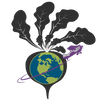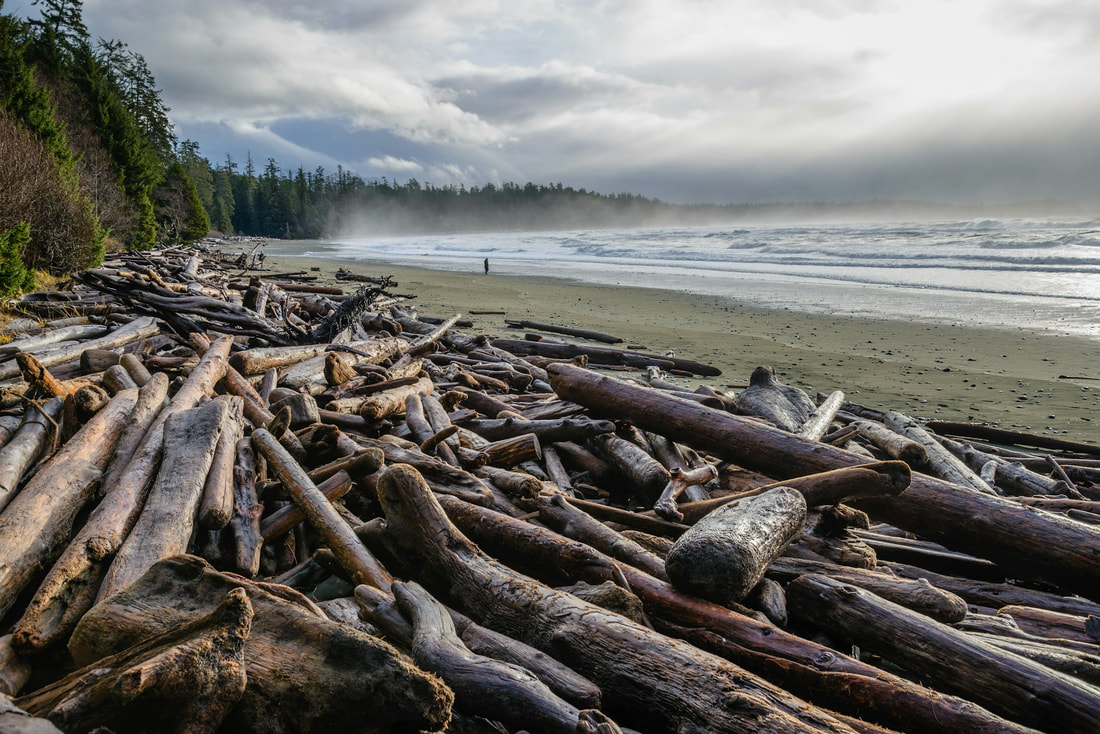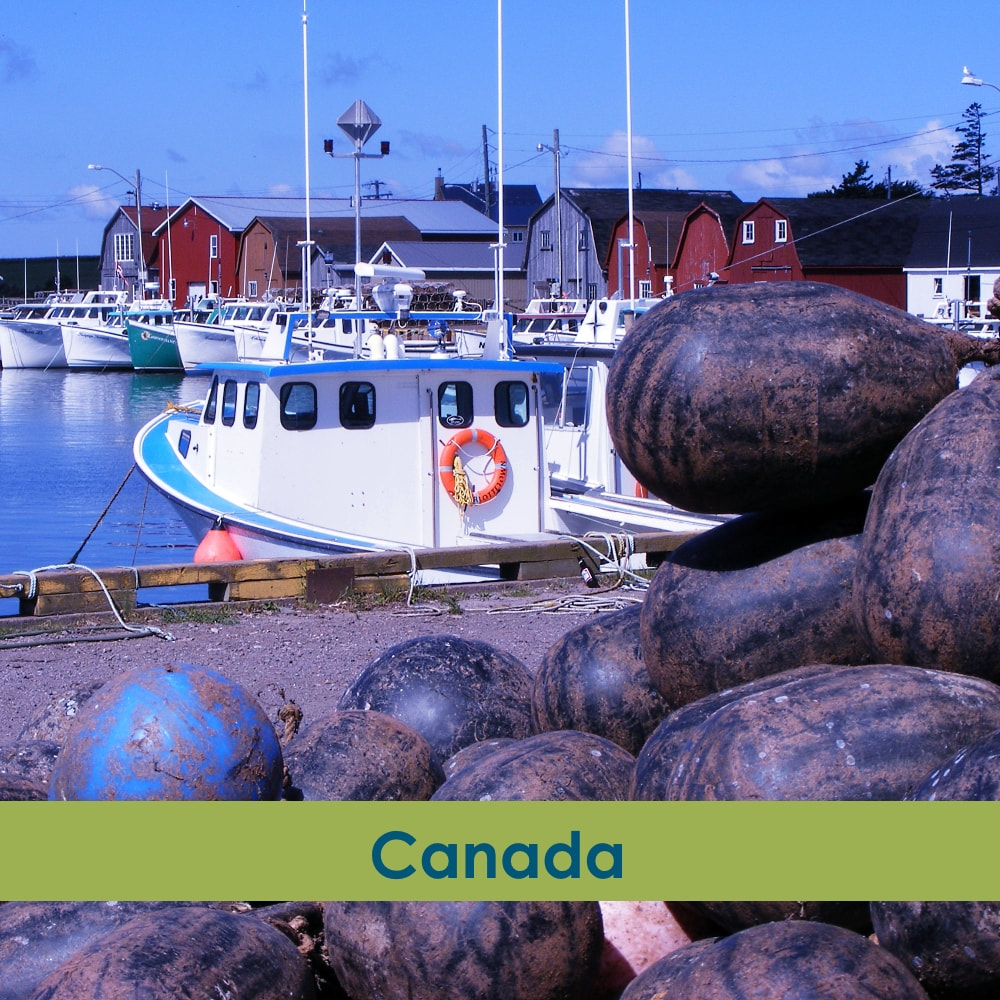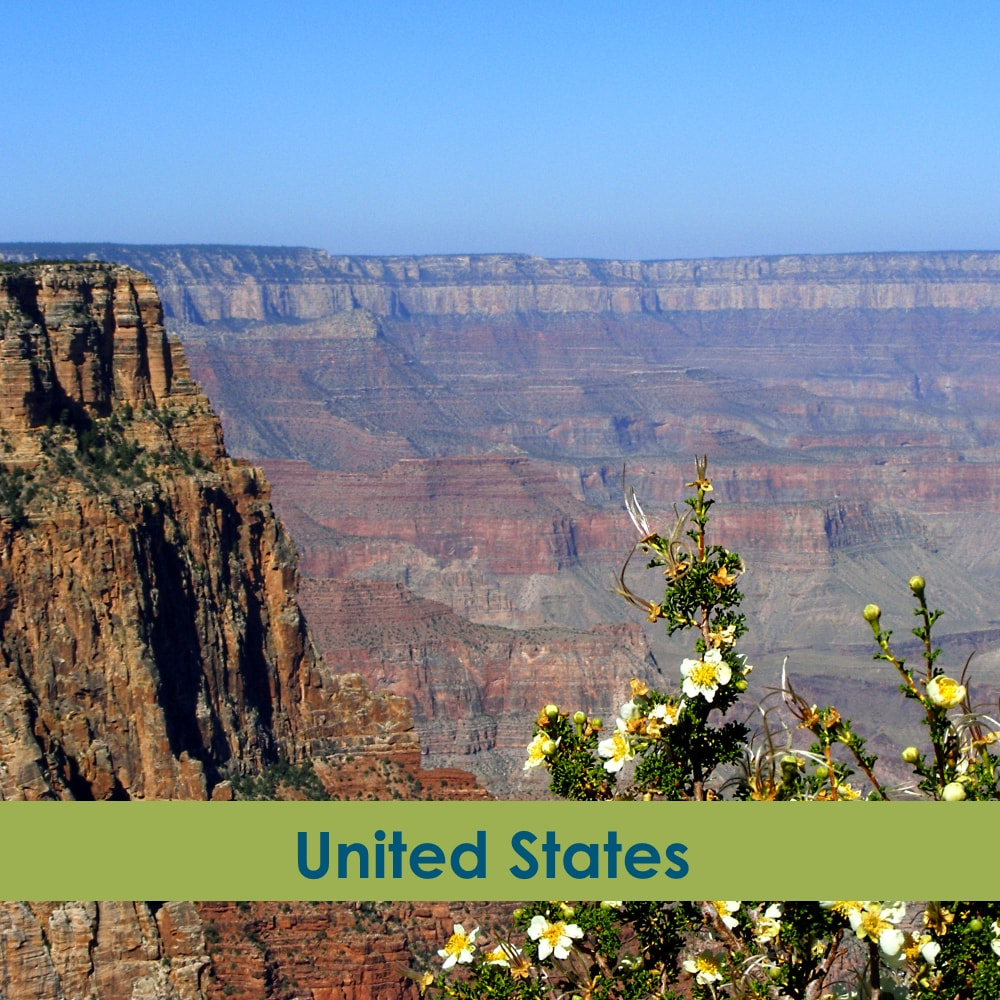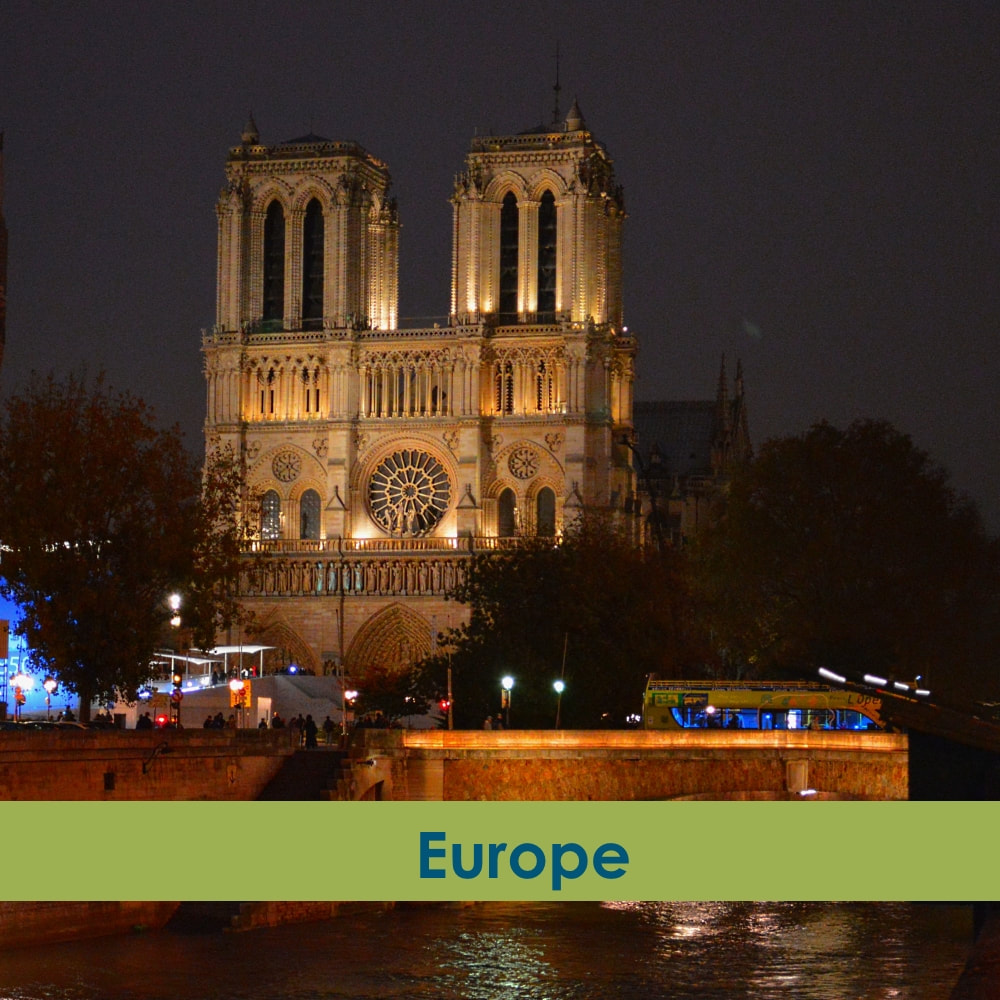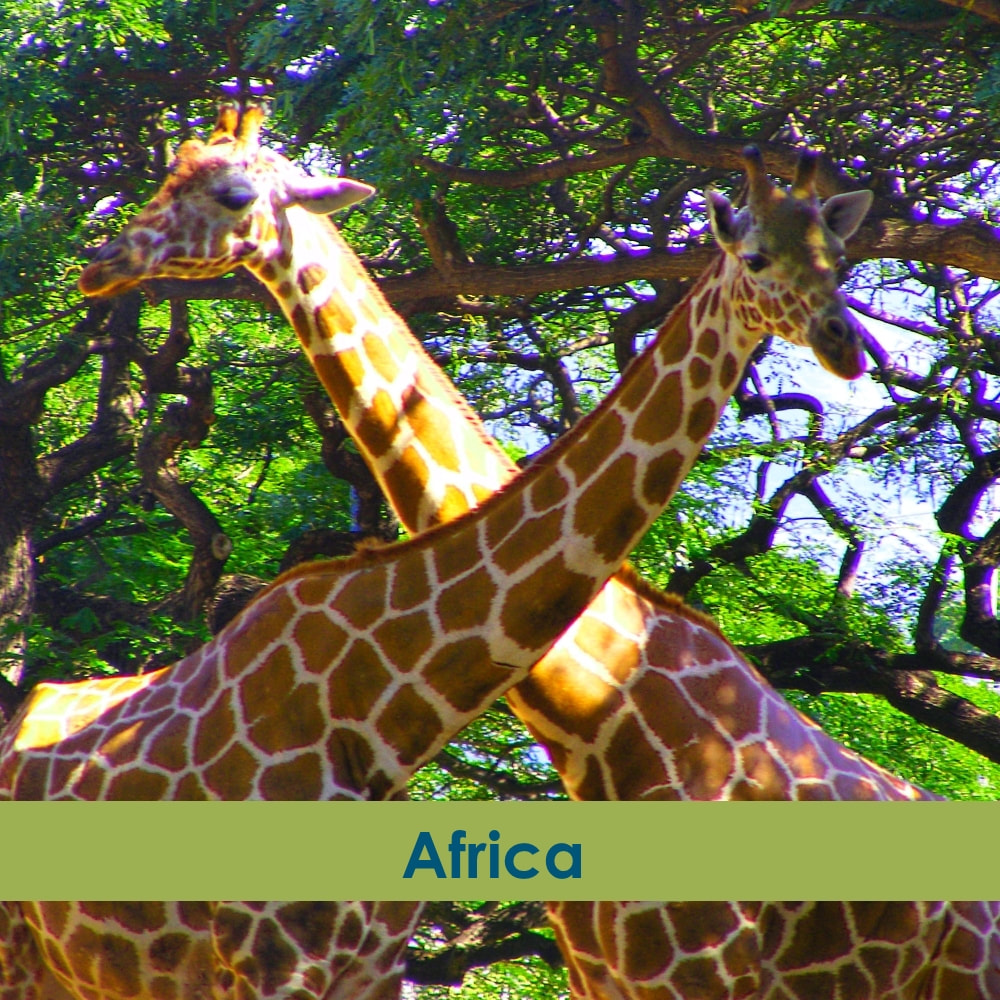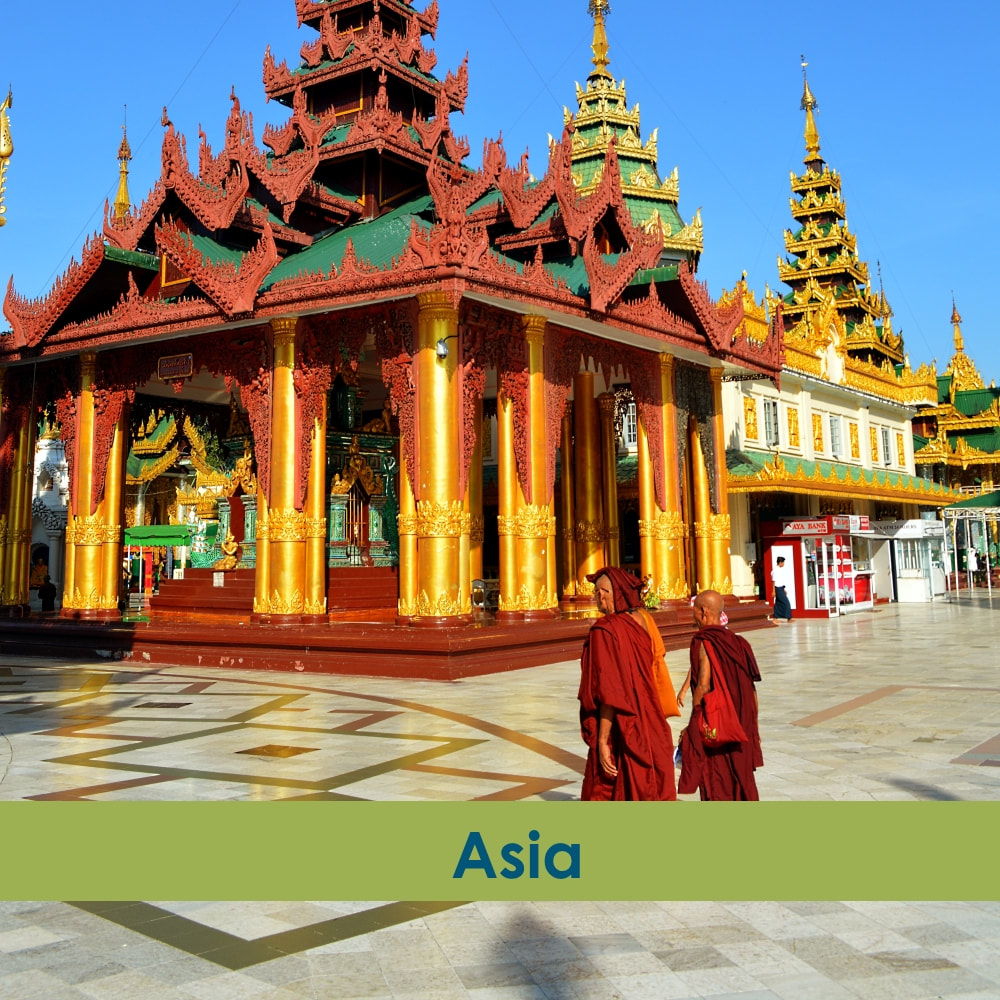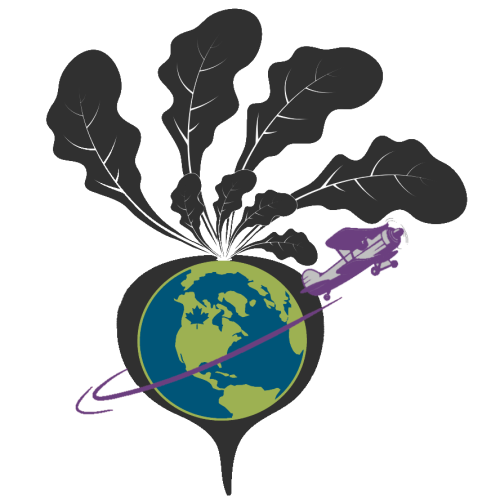These innovative wineries in British Columbia are making incredible wines and travel memories. With 929 vineyards and 369 licensed wineries, British Columbia is a wine lover’s dream road trip location. The westernmost province in Canada, British Columbia, is a vast territory, but the majority of its vineyards are located in the south, within easy distance to many principal cities. For those keen on exploring, putting together your own DIY tour is easy. For wine lovers in Canada and worldwide, British Columbian wines usually mean one thing: The Okanagan Valley. This spectacular wine region is home to some 185 wineries. However, multiple wine regions in the province are well worth checking out, even if a trip to the Okanagan isn’t possible during your visit. In 2019 alone, British Columbia wineries won more than 1,000 medals in national and international competitions. No matter where you visit, you can be sure the products you sample are outstanding. These are some of the Okanagan’s finest, most innovative wineries, plus more destinations further afield. Okanagan Valley WineriesThe Okanagan Valley has 84% of British Columbia’s vineyard acreage. Spread out over some 250 kilometres/155 miles, the Okanagan isn’t just famous for wine but also for fruits and vegetables and roadside stands are everywhere. Summertime temperatures here routinely reach 40 degrees Celcius/104 degrees Fahrenheit, creating a scorching microclimate perfect for growing grapes, especially with cooler evenings. By comparison, Okanagan is warmer and drier than California’s Napa Valley, plus the area gets an extra two hours of sunlight a day. Some standout vineyards in the Okanagan Valley include:
Fraser Valley Wineries Photo by Thomas Schaefer on Unsplash The perfect destination for wine-loving urbanites, the Fraser Valley’s vineyards are next to major cities like Vancouver, Surrey, Richmond, and Abbotsford. In addition to a wide variety of red and white wines, day-trippers will also find fruit wines, fortified wines, and sparkling wines here. Another destination that’s equally famous for agriculture as it is for wine, Fraser Valley alone accounts for half of British Columbia’s agricultural revenue. Some notable wineries to add to your list include:
Vancouver Island Wineries Photo by Thomas Schaefer on Unsplash If you haven’t been to British Columbia before, you’ll be forgiven for confusion about Vancouver Island. The city of Vancouver isn’t actually ON Vancouver Island. However, the province’s capital city, Victoria, is, along with popular destinations like Nanaimo, Tofino, and Comox. Being a winemaker here takes perseverance and grit. Most vineyards shun chemical pesticides or artificial irrigation, and Vancouver Island is one of the few grape-growing regions in the world that are phylloxera-free. The weather blesses growers with long summer days, but the season overall is short. Early in the season, vines are often tented with plastic to create a mock greenhouse effect and add extra warmth.
Practical information for visiting wineries in British Columbia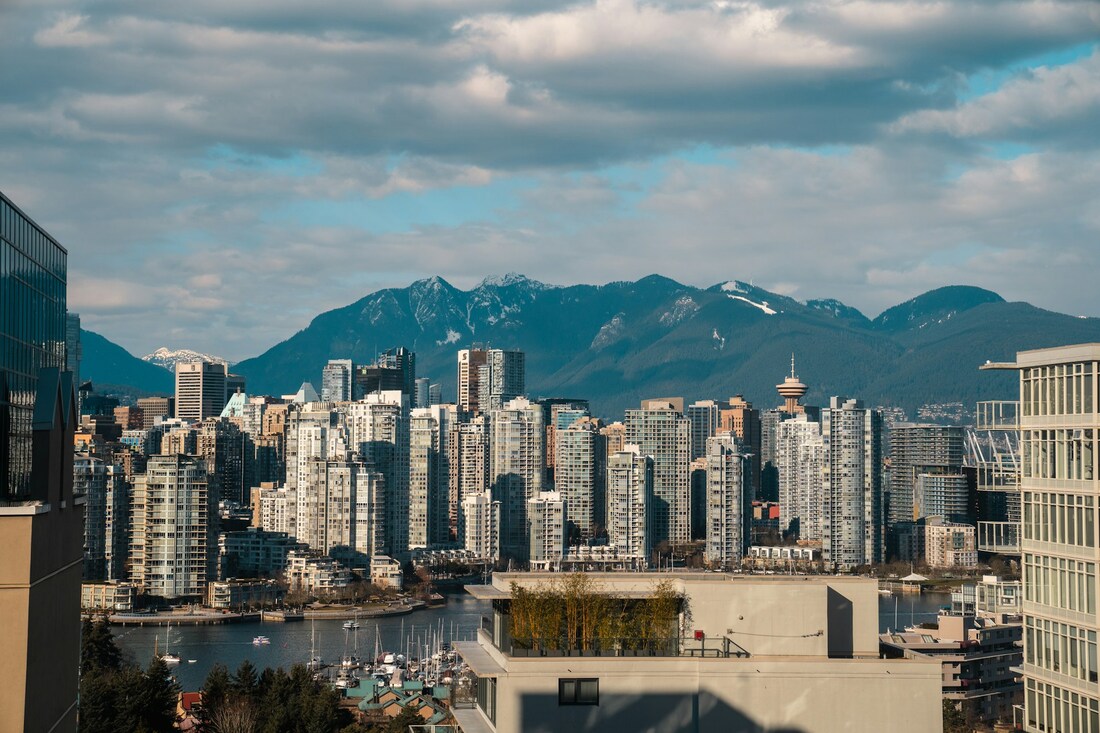 Photo by Alejandro Luengo on Unsplash
How To Get There
Southern British Columbia borders on Washington, Idaho, and Montana. Many visitors drive up from the United States or fly into Vancouver or nearby Seattle, just 2.5 hours away to the south. While many larger centers have wine tours, most visitors rent a car and visit wineries independently. When planning your trip, keep in mind that distances can be deceiving. While nearly all wineries in British Columbia are concentrated in the southern part of the province, this is still a massive area. Even wineries within the same region might be more than 100 miles apart. Check distances carefully and think local when making your list of day-tripping destinations. The Wines of BC Explorer App can help you organize your adventures. When To Visit Traditionally, most vineyards are open from mid-spring to mid-autumn. Summer is the busiest time to visit British Columbia’s vineyards. However, some vineyards prefer autumn visitors as they’re less strained once the harvest ends. Most tasting rooms are open on a part-time basis throughout the winter months. Before heading out on an adventure, double-check the hours of operation and make sure your vehicle has snow tires. Important Laws The drinking age in British Columbia is 19. Children are permitted in tasting rooms, and some vineyards have kid-friendly amenities, including alcohol-free treats and play areas. Pro Tip If you’re buying wine in British Columbia, you’ll see the initials “VQA” everywhere. This stands for “Vintners Quality Alliance.” Established in 1990, the VQA program ensures that wines meet specific origins, vintage, and varietals standards. The VQA symbol on a bottle is the customer’s guarantee that the wine in question is 100% grown and made in British Columbia. However, non-VQA wines are still delicious - some products may not qualify for VQA status simply because they use a blend of wines from other regions. If you enjoyed this piece, you'll also like: Waterfalls of Wine: The Best Niagara Wineries Exploring Lake Erie Wineries Orvieto Wine, Food, and Family Comments are closed.
|
�
Recent Posts
Posts by Location
Post Categories
All
Posts by Date
June 2024
|
Disclaimers, Privacy, and Cookie Policy |
Top 100 Travel Influencer
As named by the Obama White House in 2014. |
© COPYRIGHT 2024. ALL RIGHTS RESERVED.
|
